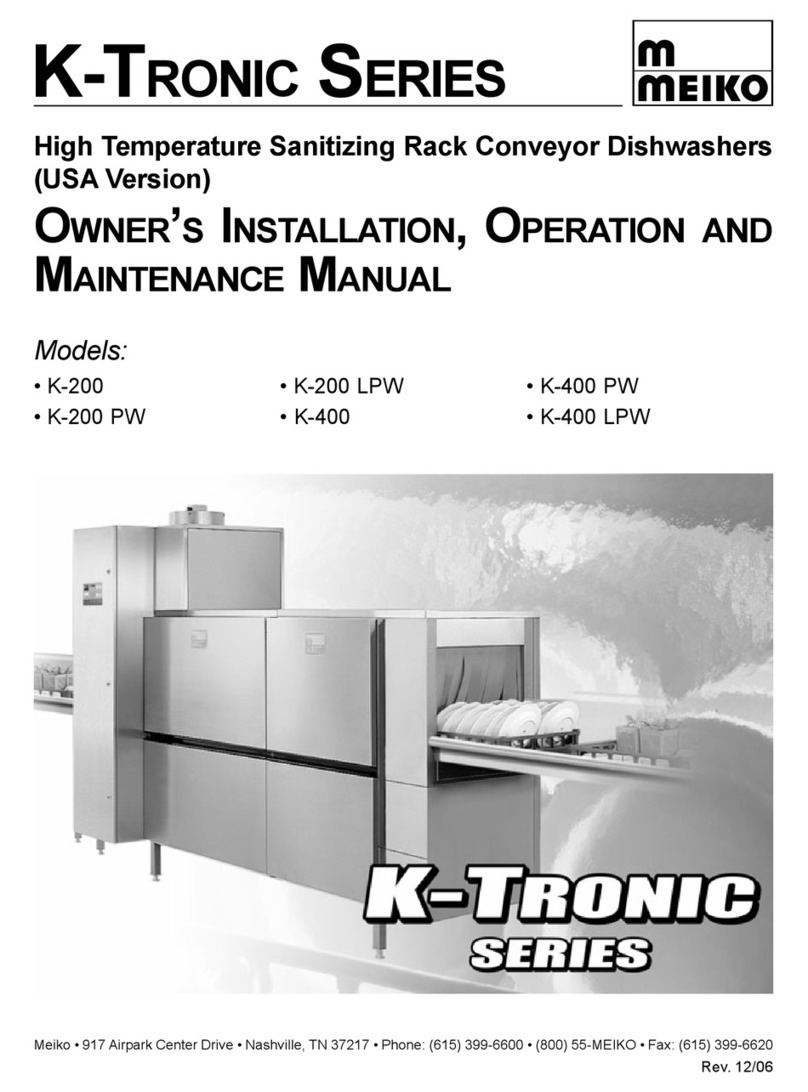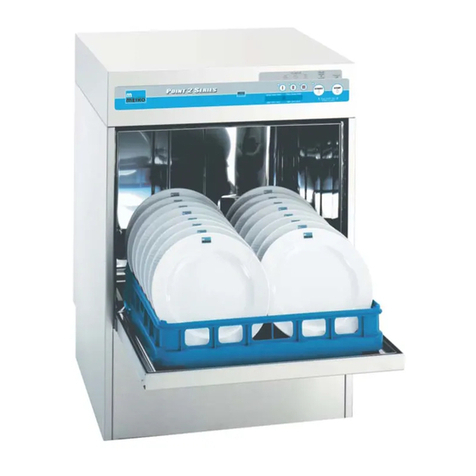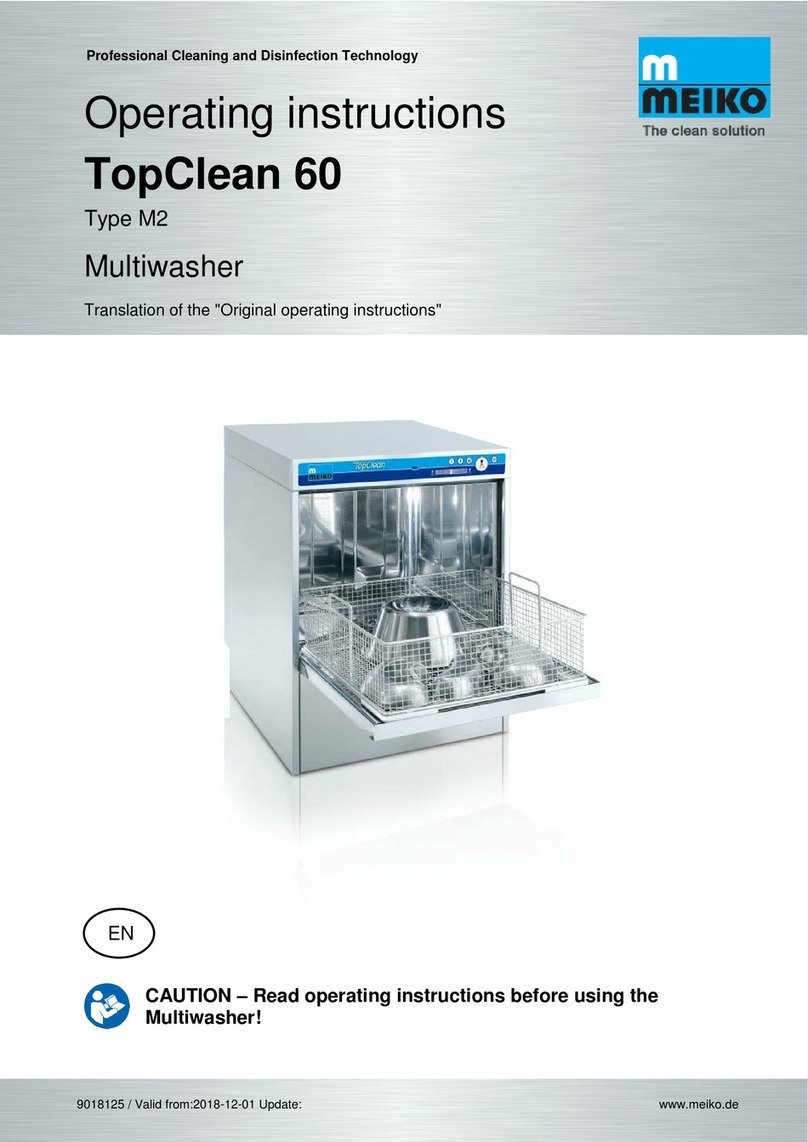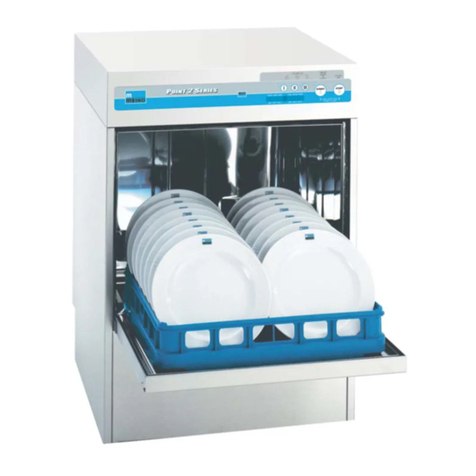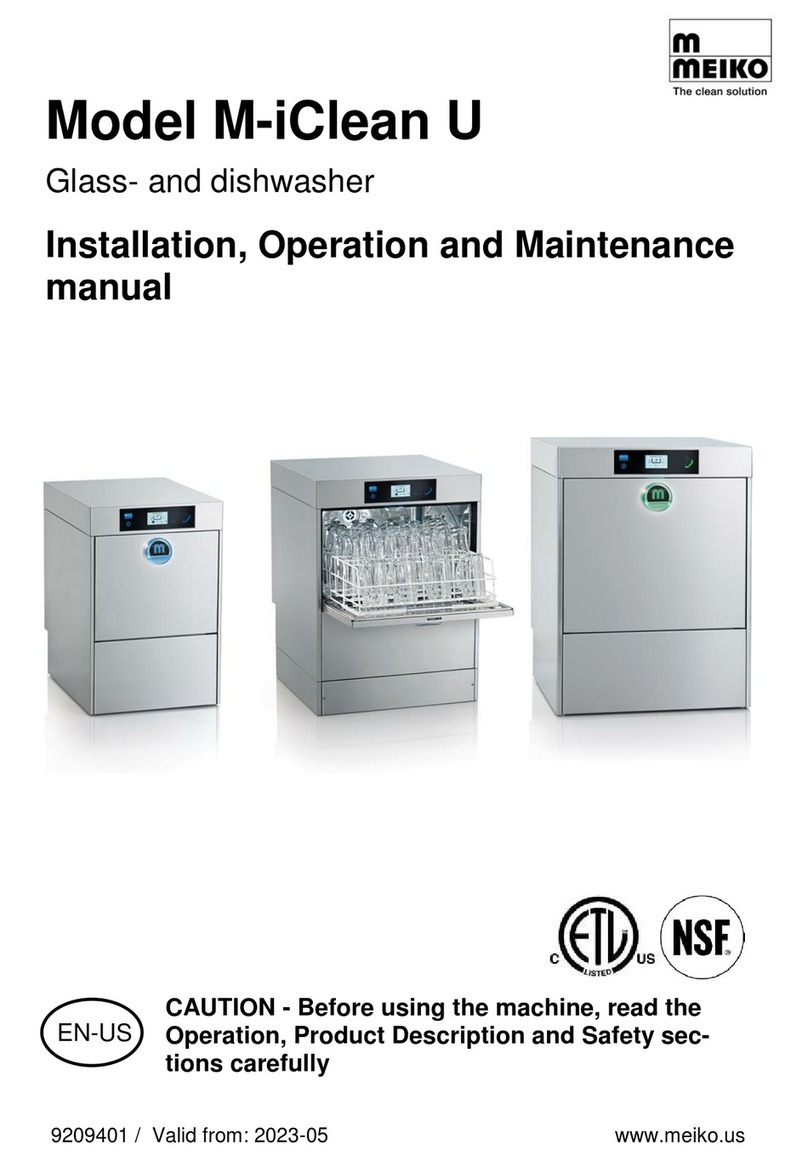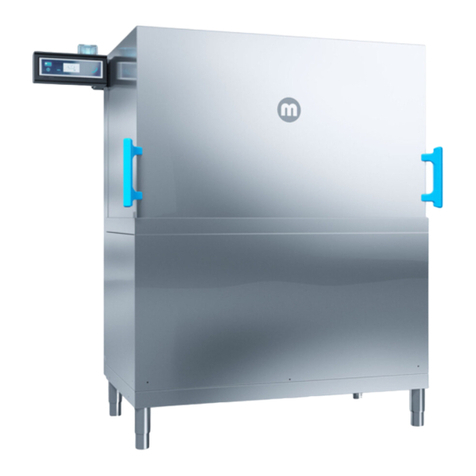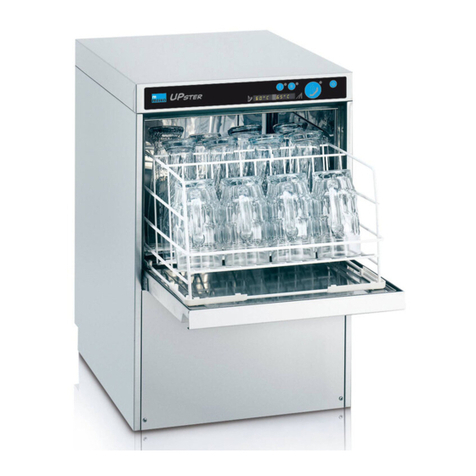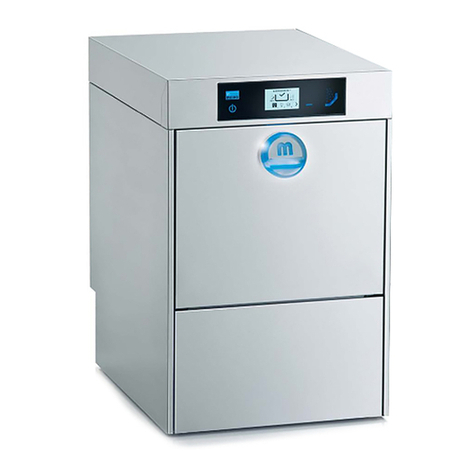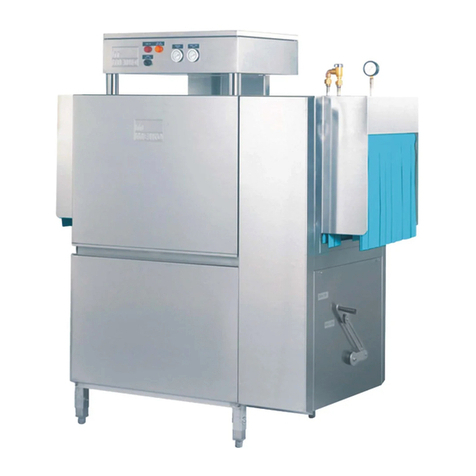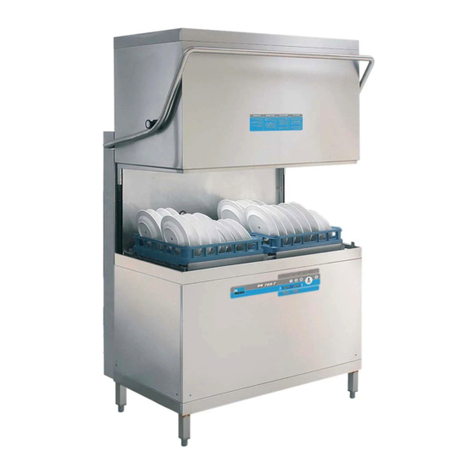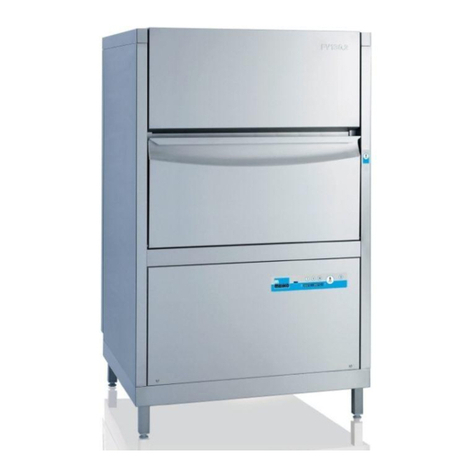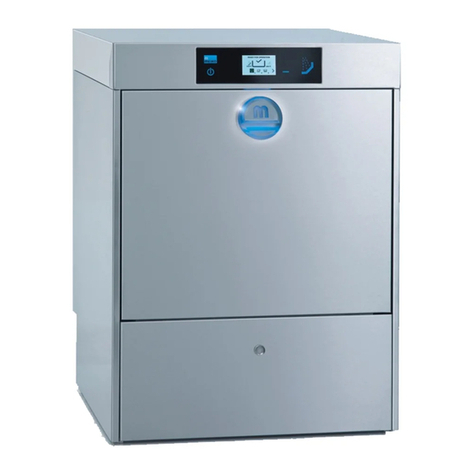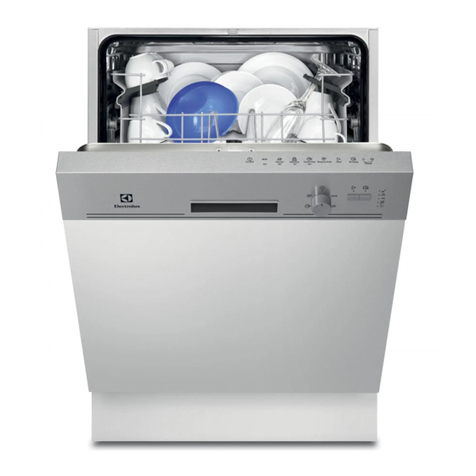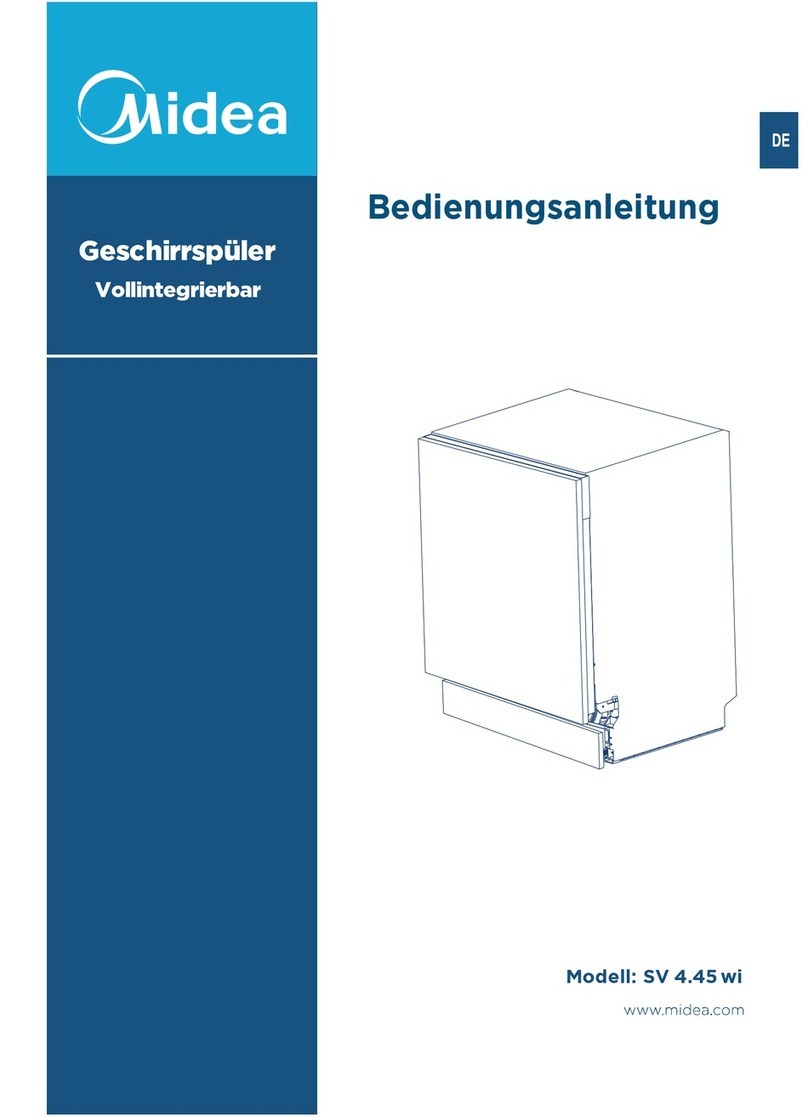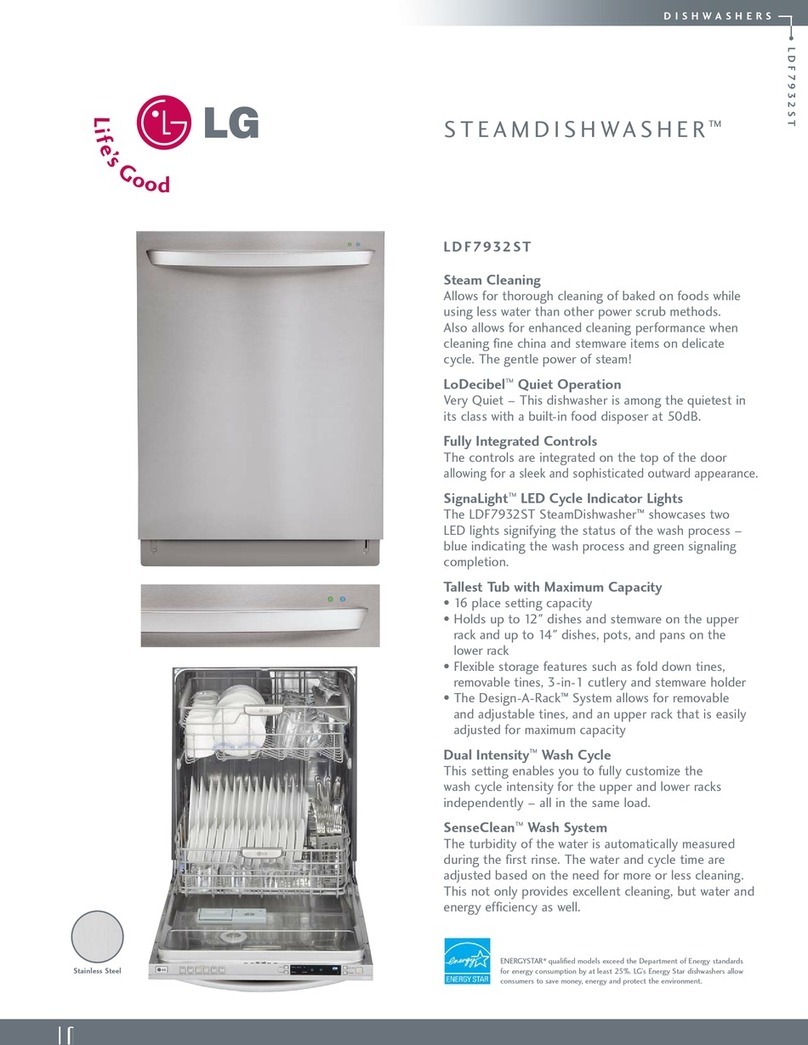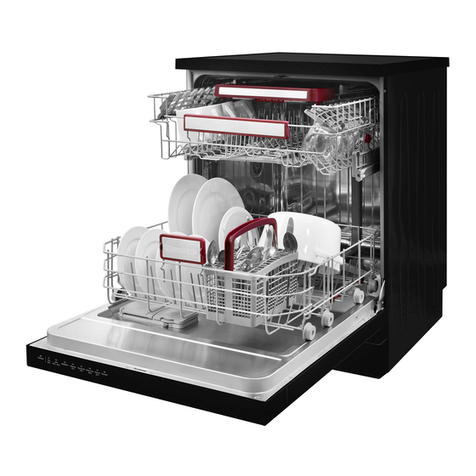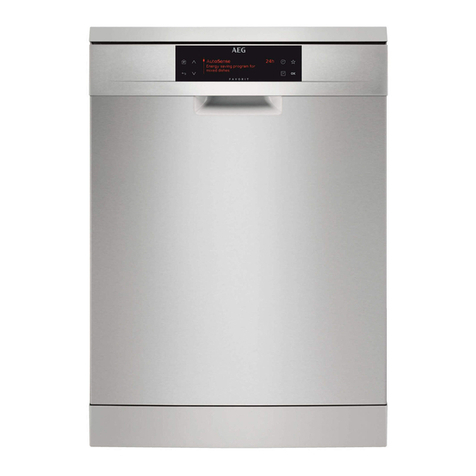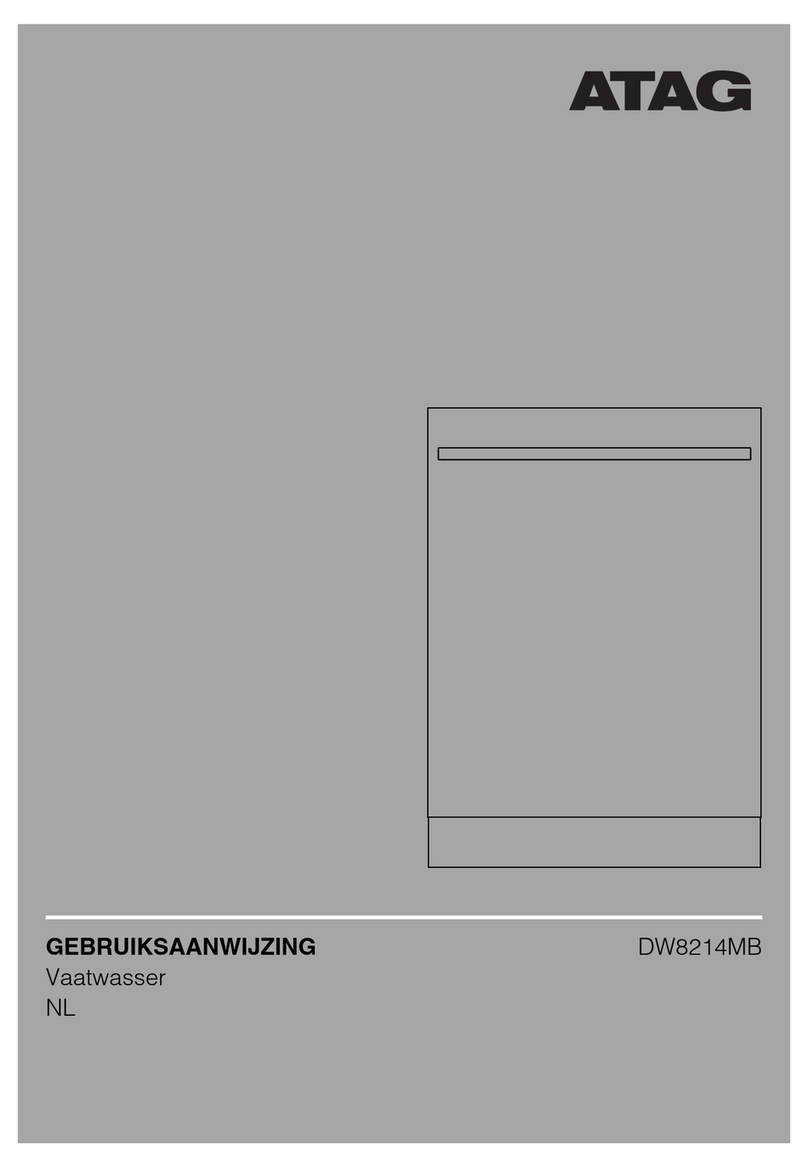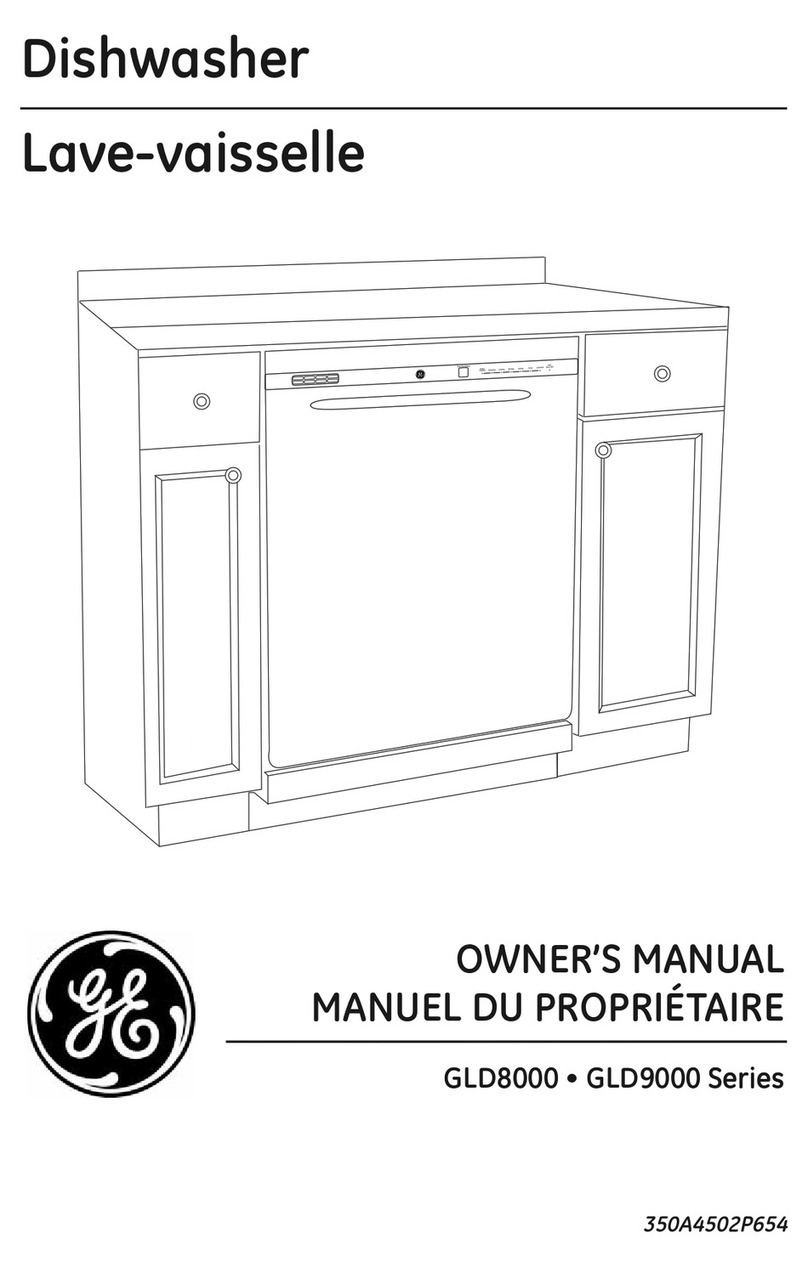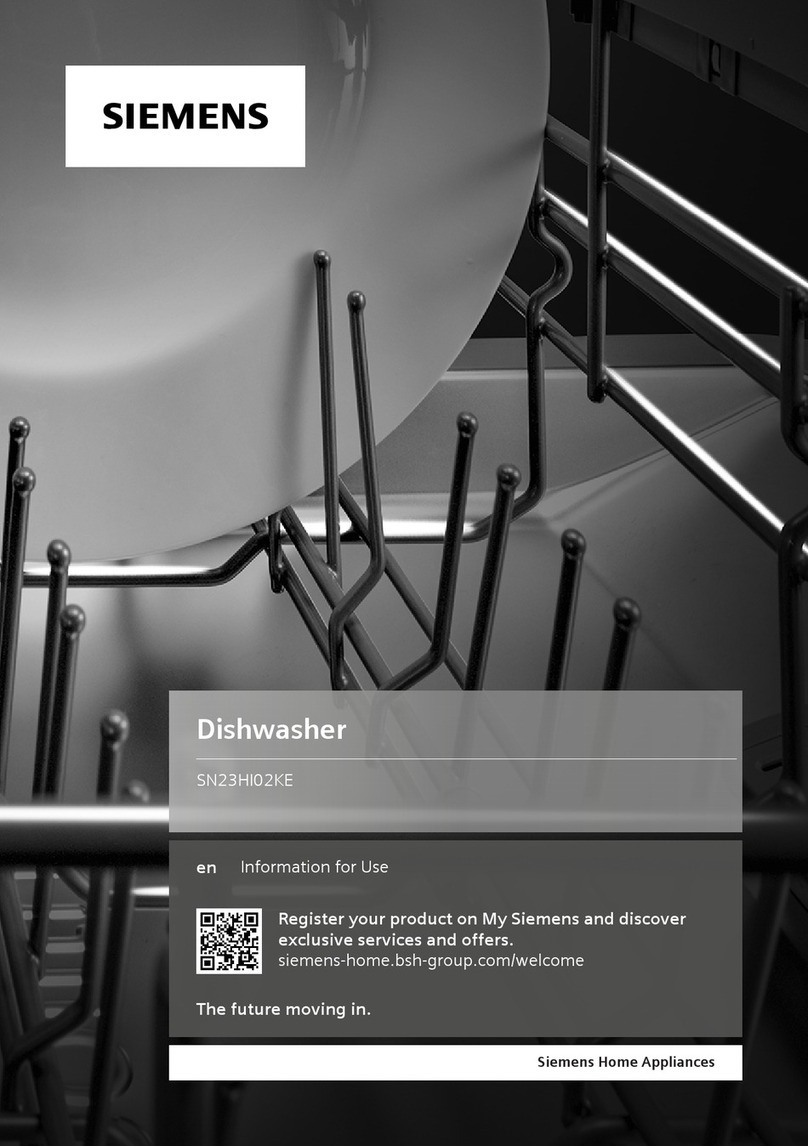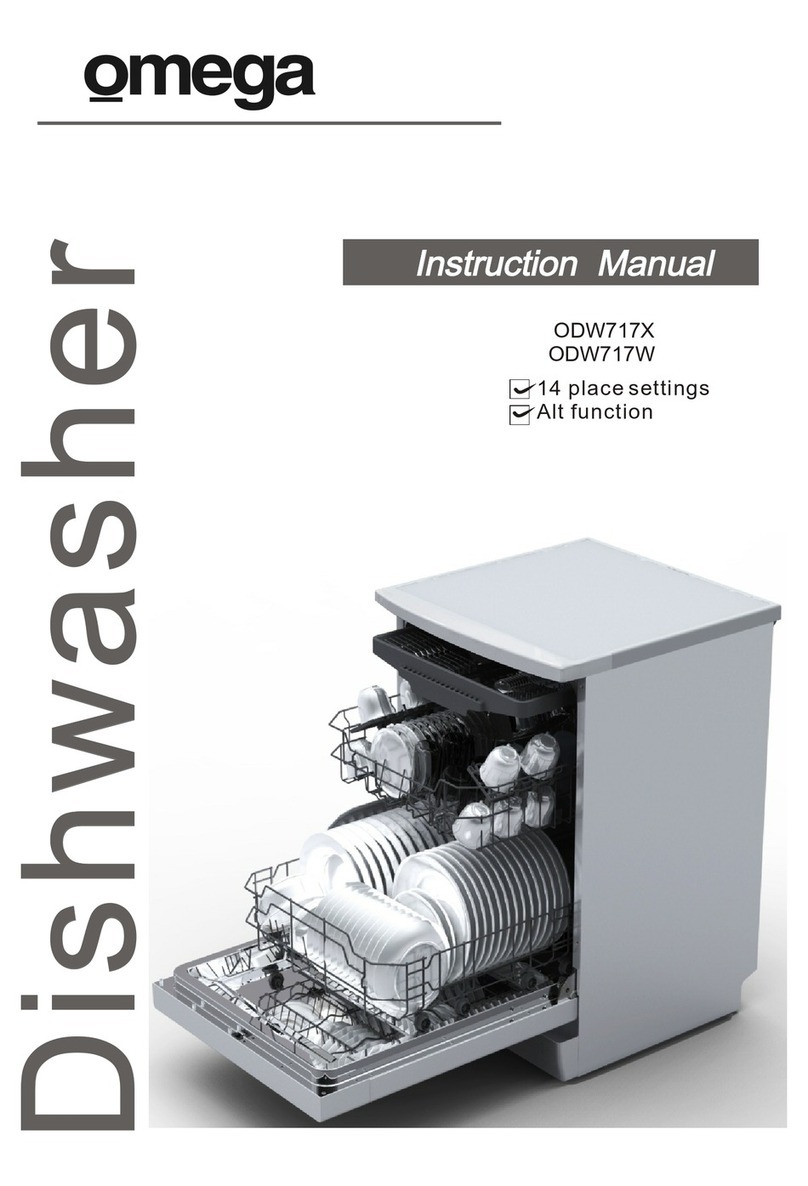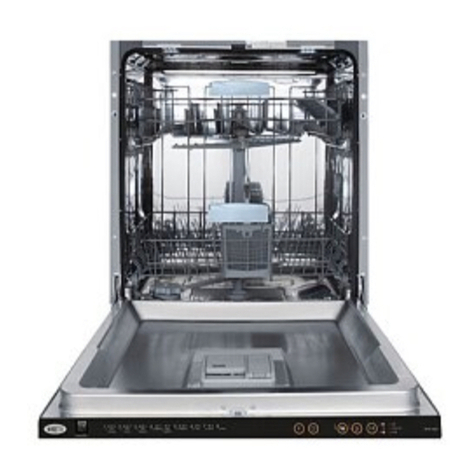
1.3 Related documents
In addition to these operating instructions, there are other documents that are availa-
ble depending on the authorisation:
Operator
(included in delivery contents)
Authorised service technician
EC/EU declaration of conformity
Short operating instructions
Installation instructions
Installation instructions for optional
components (e.g. GiO module
separately)
2 Liability and warranty
All of MEIKO’s obligations arise from the relevant purchase contract, which also con-
tains the entire and only valid guarantee provisions. These contractual guarantee
provisions shall be neither extended nor restricted as a result of any explanations
given in the instructions.
If you follow the instructions in this operating manual carefully, your dishwashing
machine will always give you total satisfaction and will have a long service life.
The delivered system corresponds to the state of technology and safety regulations
valid at the time of production/delivery.
The information, data and notes specified in the operating instructions correspond to
the latest version at the time of printing. No claims for already delivered systems
may be asserted based on these statements, illustrations and descriptions.
Claims must be reported to the manufacturer immediately after determination of the
defect or error. Liability claims for personal injury or material damage as well as for
operational problems are excluded if they are due to one or more of the following
causes:
•
Unintended use.
•
Improper installation, commissioning, operation and maintenance.
•
Operation of the machine or system with defective safety devices or improperly
attached or non-functioning safety and protective devices.
•
Noncompliance with the notes in the operating instructions regarding transport,
storage, mounting, commissioning, operation and maintenance.
•
Unauthorised design changes or settings on the machine or system beyond the
intended purpose.
•
Improper monitoring of parts subject to wear.
•
Use of wear and replacement parts that are not from the manufacturer.
•
Improperly performed repairs, inspections or maintenance.
•
Catastrophes due to human-induced events or force majeure.


